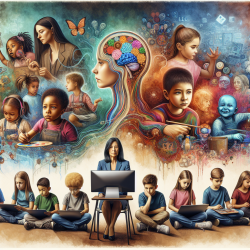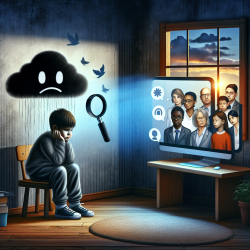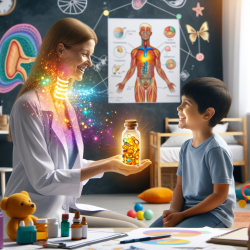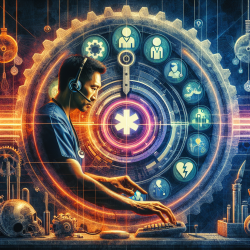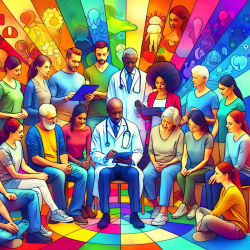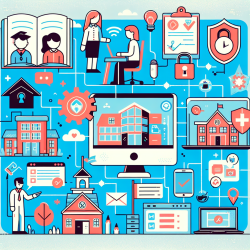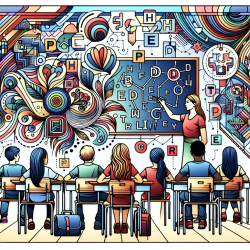In a world where data-driven decisions are paramount, the intersection of arts and health offers promising avenues for enhancing children's therapy outcomes. The research article "Why art? The role of arts in arts and health" delves into the profound impacts of the arts on mental and physical health, challenging us to redefine what constitutes an 'art effect'. This blog explores how practitioners can leverage these insights to improve their skills and outcomes in online therapy, particularly for children.
The Art Effect: Beyond the Canvas
According to Vickhoff et al. (2023), the arts encompass a wide range of forms, including performing arts, visual arts, literature, and digital arts. The challenge lies in distinguishing genuine art effects from generic effects of stimulating activities. For instance, is the social benefit of choir singing due to the art of singing itself or merely the collective activity? This question underscores the importance of a nominal definition of art to validate its effects on health.
Empathy and Embodied Cognition
The article introduces the concept of "aesthetic empathy," which connects the internal states of the artist and the beholder. This empathy is facilitated through embodied cognition—a theory suggesting that our perception and actions are deeply intertwined. For children in therapy, this means that engaging with art can foster emotional and cognitive connections, enhancing their therapeutic experience.
Operationalizing Art in Therapy
To apply these insights in online therapy, practitioners can consider the following strategies:
- Interactive Art Activities: Encourage children to participate in interactive art activities, such as drawing, painting, or digital art creation. These activities can help them express emotions and develop cognitive skills.
- Musical Engagement: Incorporate music therapy sessions where children can sing, play instruments, or listen to music. Music has been shown to evoke emotional responses and improve cognitive functions.
- Storytelling and Literature: Use storytelling and reading sessions to engage children. Literature can stimulate imagination and empathy, providing a therapeutic outlet for emotions.
- Empathy-Building Exercises: Design activities that promote empathy through role-playing or understanding characters in stories. This can help children develop social and emotional skills.
The Future of Arts in Online Therapy
The integration of arts in therapy is not just about enhancing skills but also about creating a holistic therapeutic environment. By leveraging the power of arts, practitioners can foster a deeper connection with children, helping them navigate their emotions and cognitive challenges more effectively.
To read the original research paper, please follow this link: Why art? The role of arts in arts and health.
